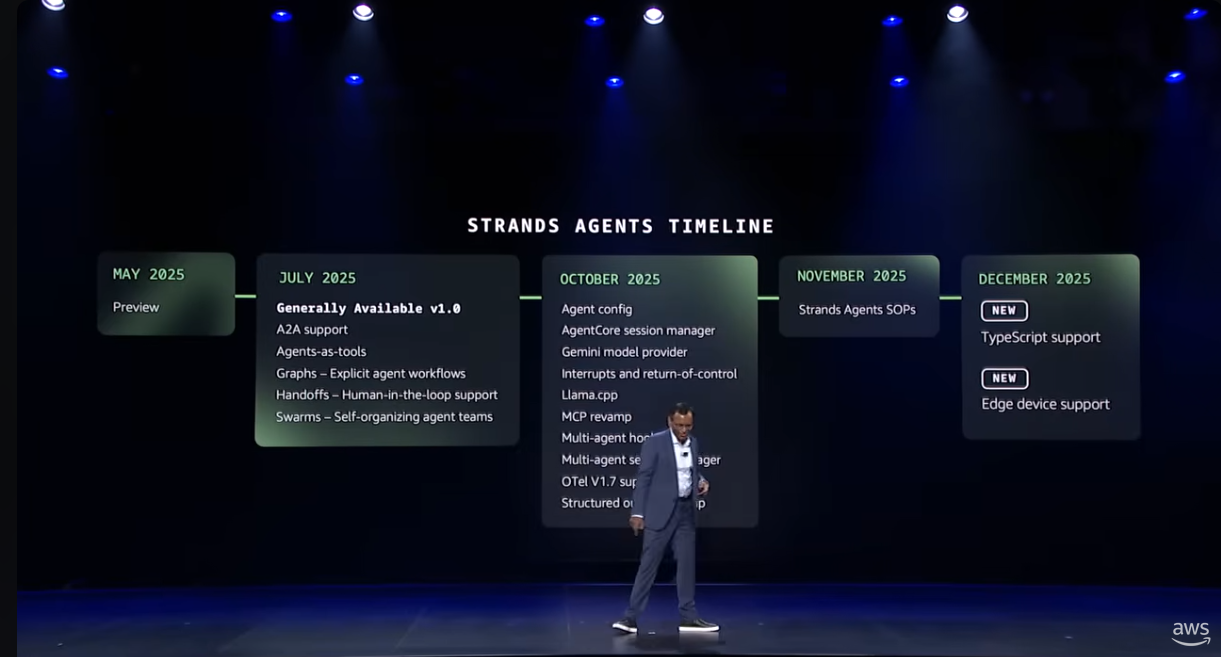Researchers have reported the discovery of 303 previously unknown geoglyphs close to the Nazca Lines in Peru. In a recent paper published in the Proceedings of the National Academy of Sciences (PNAS), researchers from the University of Yamagata’s Nazca Institute describe how, in collaboration with IBM Research, they combined low-flying drones and AI to accelerate the process of discovering these smaller geoglyphs. The research paper remarks that, prior to the new discovery, it had taken nearly a century to discover the 430 known figurative Nazca geoglyphs. In contrast, the discovery of the 303 new figures, which nearly doubles the amount of known geoglyphs, took just six months.
Two of the most important challenges the research team had to overcome were that first, unlike larger geoglyphs, the smaller figures the researchers were interested in require the analysis of high-resolution images, which can be a time-consuming and expensive process. Thus, by leveraging drones to take high-resolution pictures, the research team was able to cover the entire Nazca Pampa and surrounding desert area.
The other issue was that images which could be used as examples to train a model were scarce, making it difficult to train a vision-enabled model from the ground up. Instead, the team decided to start with a model trained on images of nature and fine-tuning using the existing geopglyph imagery. Instead of using an object-detection algorithm that returns rectangular bounding boxes, researchers opted for a probability map. High-probability areas were surveyed to find the ones with the most potential. These were classified into three different ranks. In 1,200 labor hours, researchers were able to go through 1,309 suggestions to find the most promising ones.
The whole process ended in the discovery of the 303 figurative geoglyphs, of which 178 were suggested by the AI. Of the remainder, 66 were discovered as part of a group suggested by the AI, and 59 were discovered independently of the groups suggested by the model. According to the researchers, the findings support the hypothesis that line-type and relief-type figurative geoglyphs had different functions, given that they differ in their distribution, the motifs each depicts, and their relation to the trails in the area.





Comments